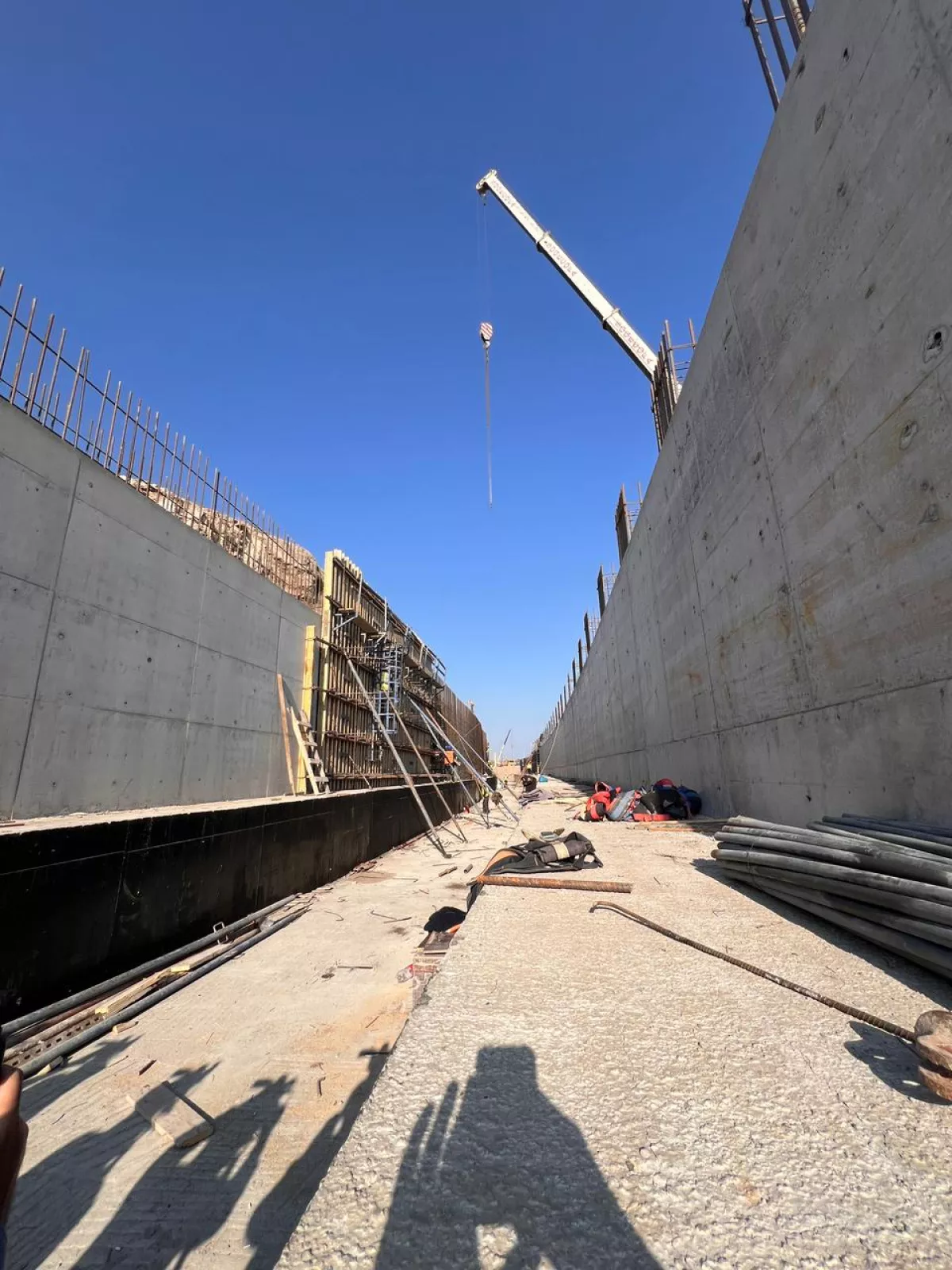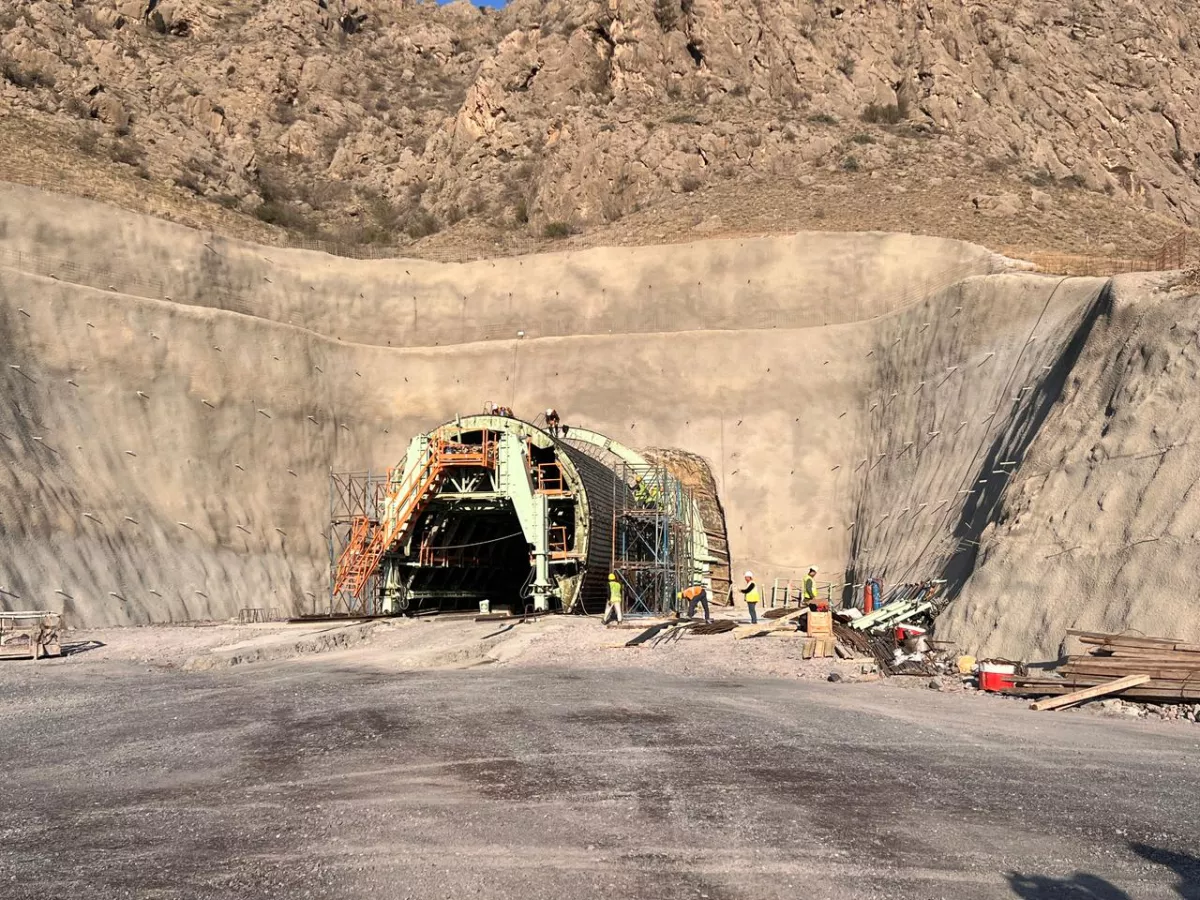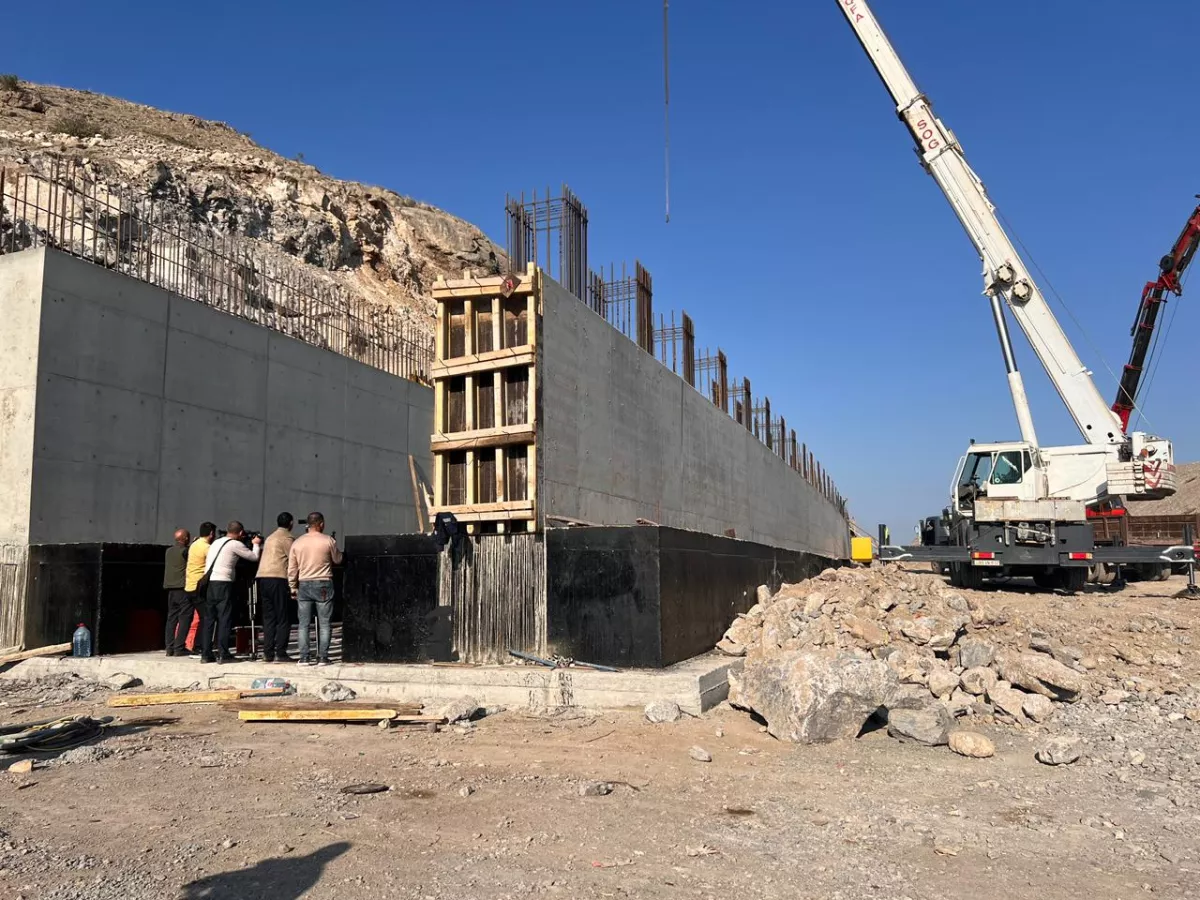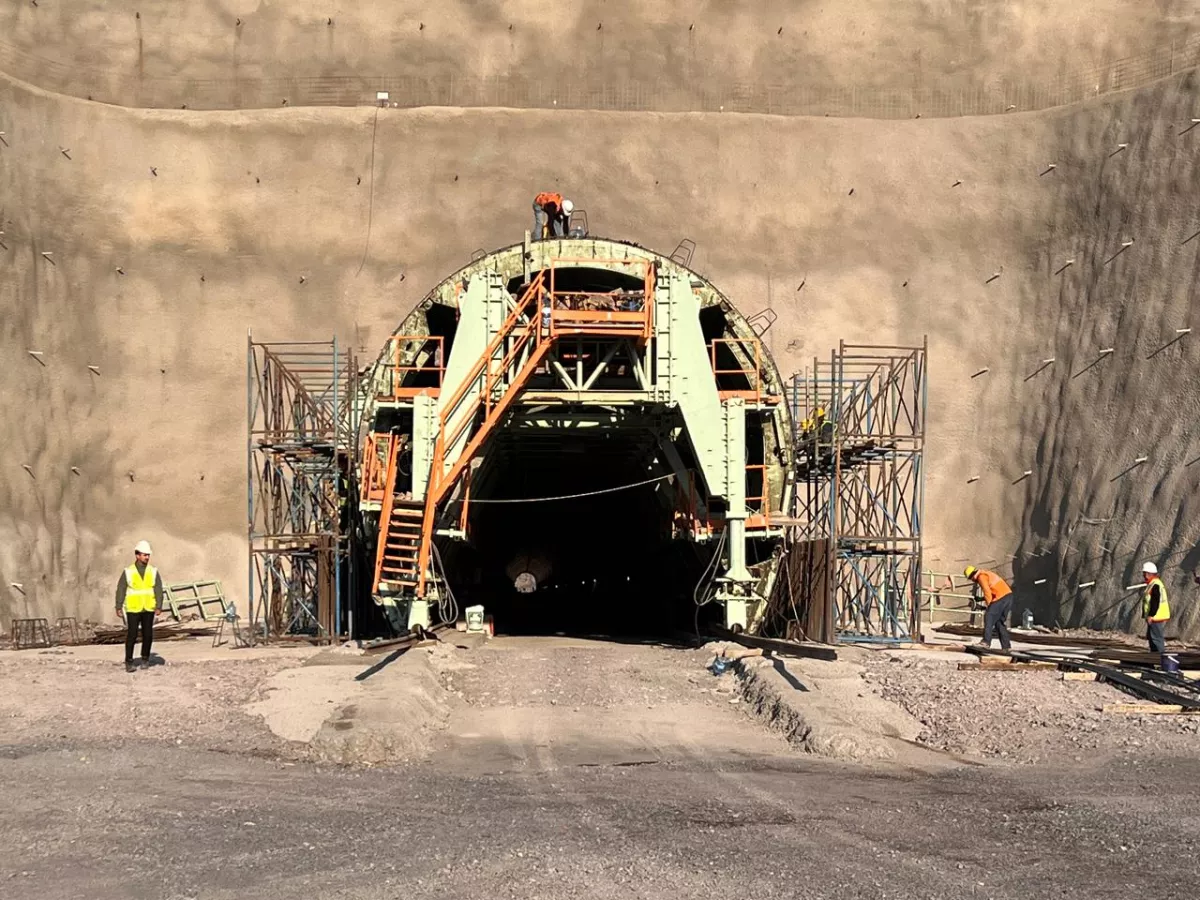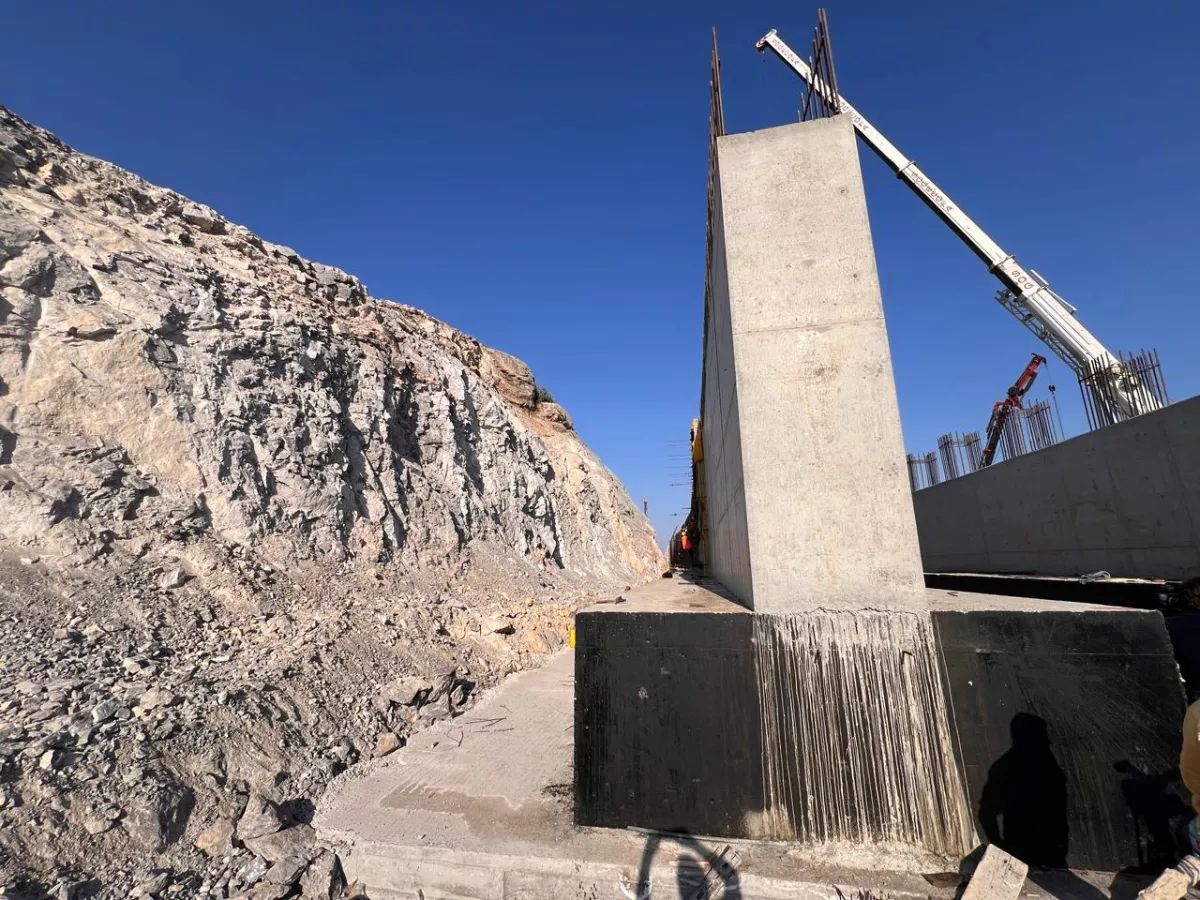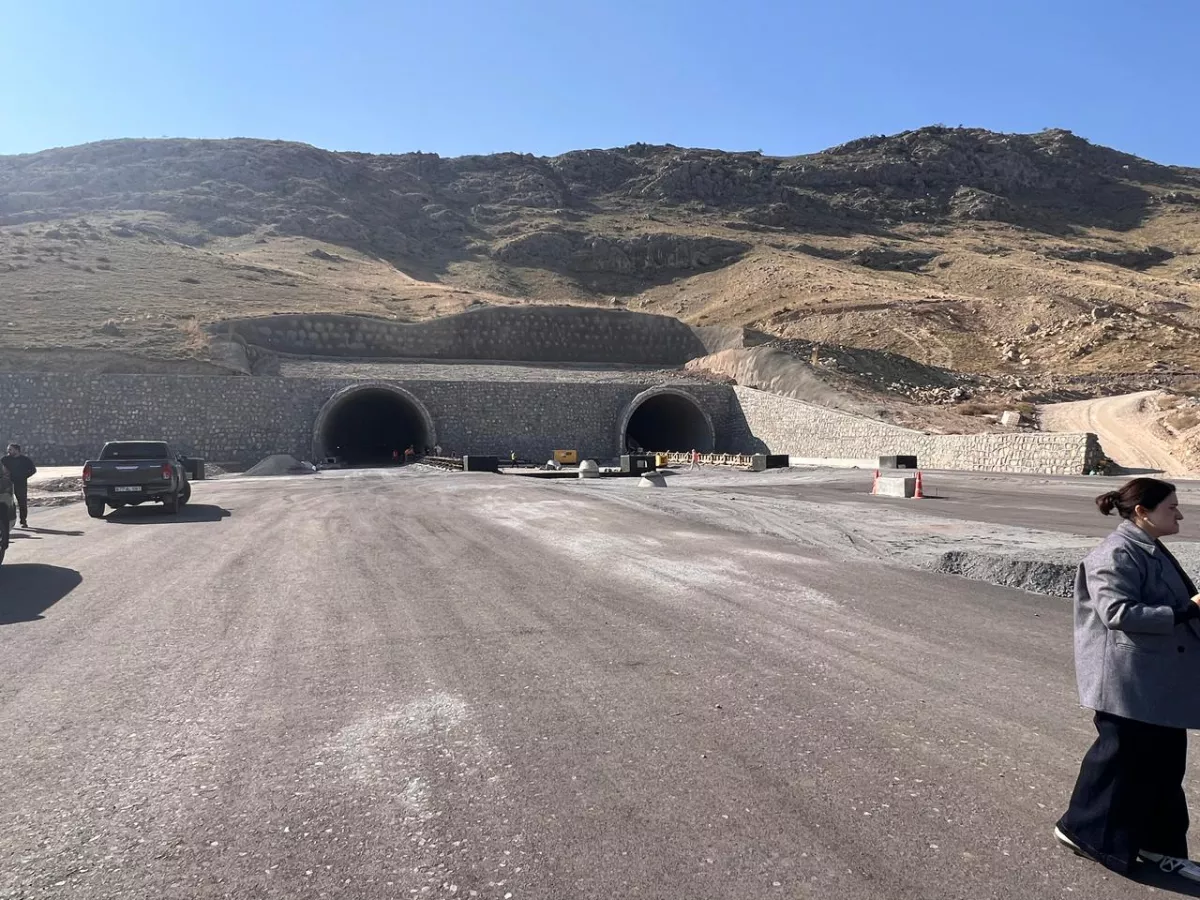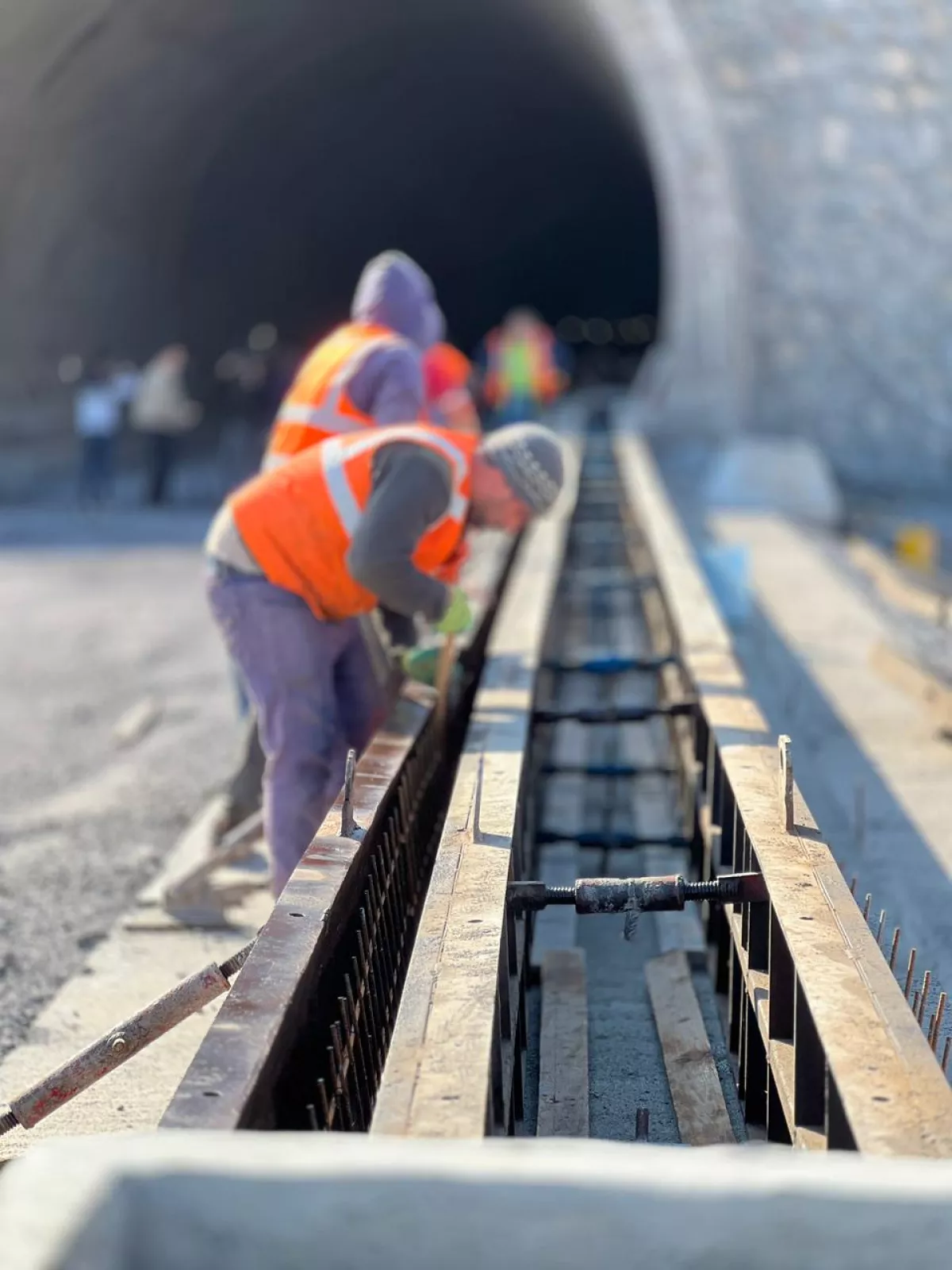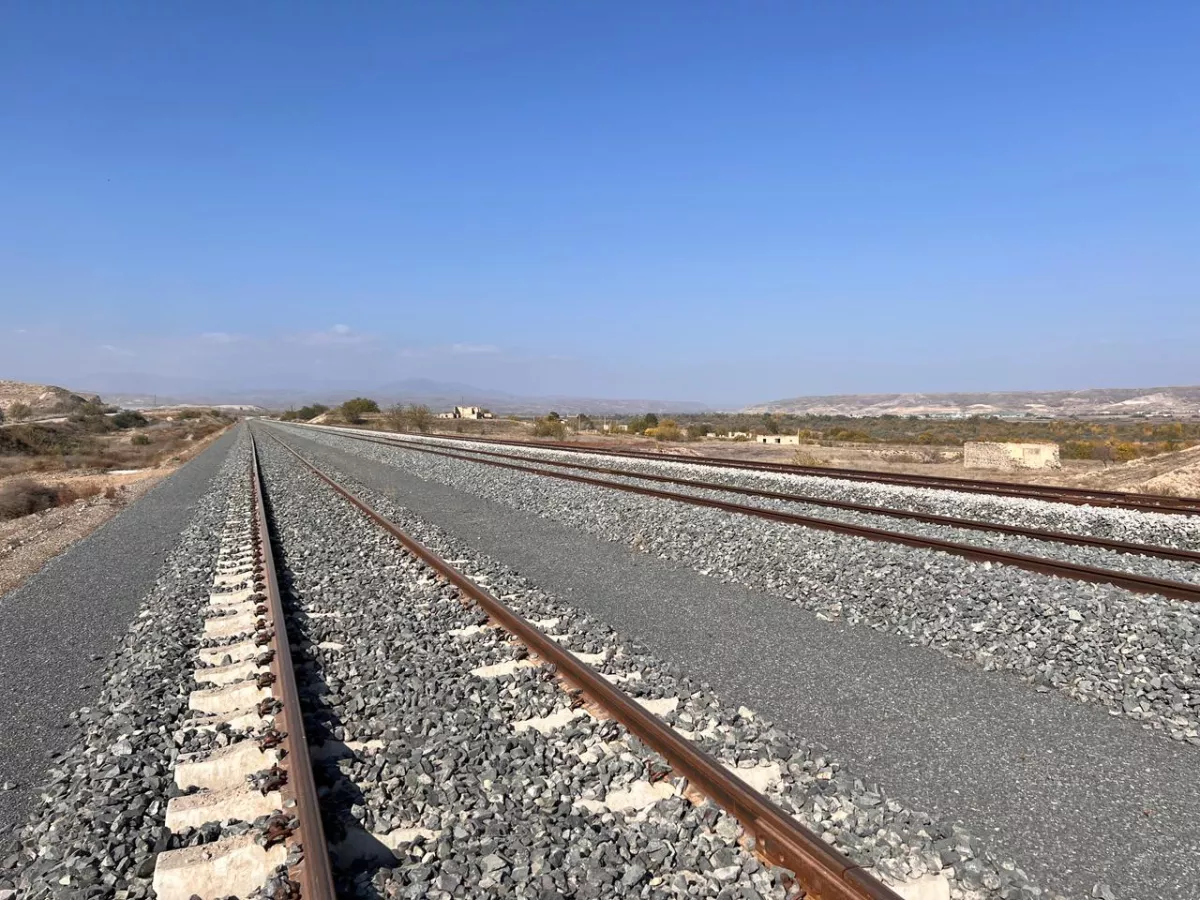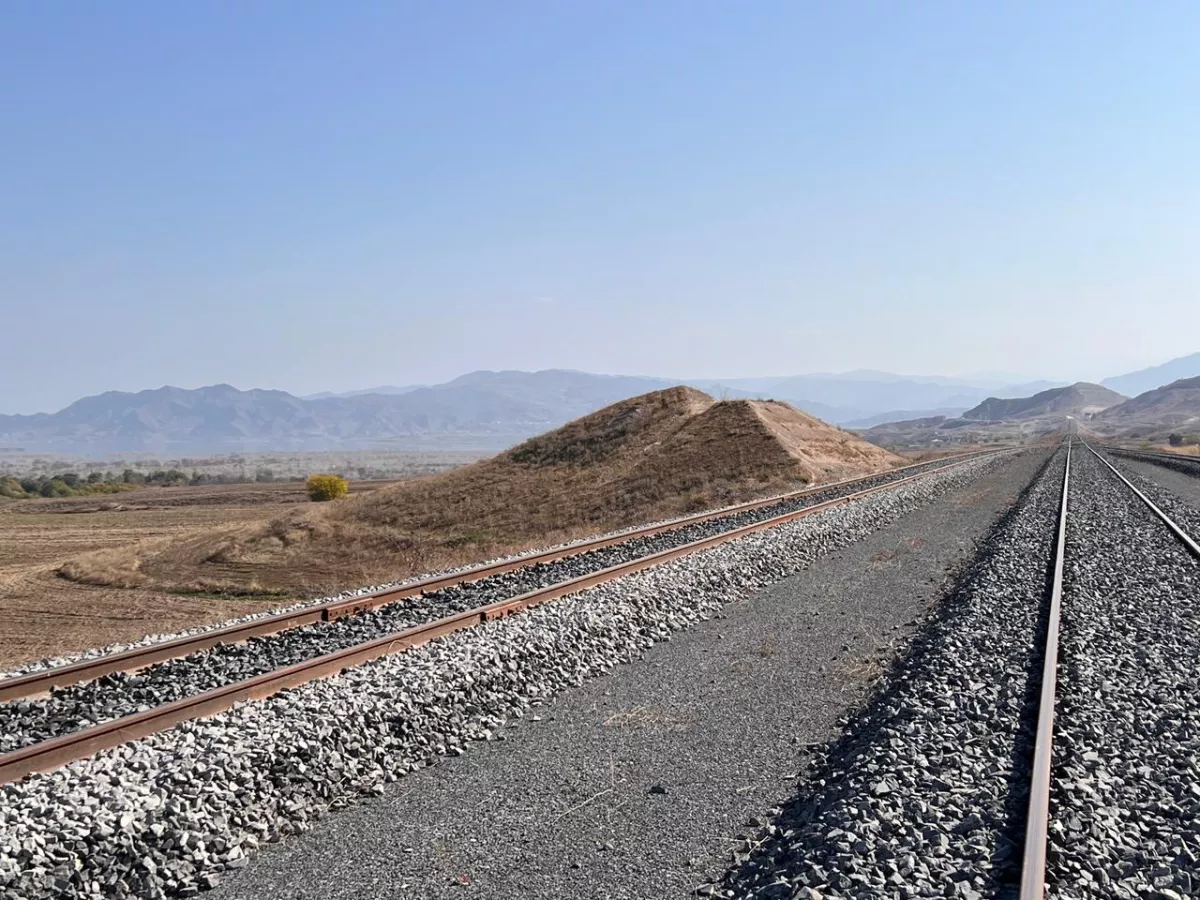Zangezur breakthrough Special Report by Caliber.Az on Eurasia’s strategic route
Tomorrow, November 8, Baku will host a military parade marking the fifth anniversary of Azerbaijan’s Great Victory in the 44-day Patriotic War. Over the past five years, the country has carried out an extensive programme to revitalise the Karabakh and East Zangezur economic regions, with a particular focus on rebuilding transport and logistics infrastructure.
A central element of these efforts is the development of the Zangezur Corridor — a strategic route intended to establish uninterrupted road and rail connectivity across Eurasia. Remarkable progress has been achieved in the Zangilan district, where, during a recent media tour, the scope of ongoing projects was demonstrated, including the construction of the Horadiz–Jabrayil–Zangilan–Aghband highway and the laying of the Horadiz–Aghband railway line.
Today, major global power centres regard Azerbaijan as a key transport and logistics hub in the South Caucasus, particularly within the framework of the Middle Corridor’s development. Central Asian states, Georgia, Türkiye, as well as China and several European countries, are actively advancing new route initiatives and establishing transit operations through Azerbaijan’s territory.
Demand for Middle Corridor routes surged dramatically in 2022, following the outbreak of the Russian–Ukrainian conflict. Since then, cargo flows between Asia and Europe have increasingly shifted towards the Trans-Caspian International Transport Route (TITR). To illustrate, while only 10–12 Chinese container block trains used the TITR in 2023, by 2024 this figure had soared to 390 — a more than thirtyfold increase. Forecasts suggest that the volume of multimodal container traffic along the TITR could double again this year.

It is worth recalling that Türkiye, Azerbaijan, and Georgia once independently financed and jointly implemented the Baku–Tbilisi–Kars railway project. Later, they integrated their transport infrastructure with that of the Central Asian countries, where active efforts continue to modernise transport networks, streamline border procedures, digitalise logistics, and reduce customs and transit tariffs.
Today, China is demonstrating strong interest in the potential of the TITR, as its Belt and Road Initiative seeks to strengthen the Middle Corridor’s capacity. In this context, Azerbaijan views the corridor as a vital link connecting two of the world’s largest economic centres — the European Union and China — whose annual trade turnover exceeds €700 billion.
According to estimates by World Bank specialists and other experts, freight traffic along the Middle Corridor could exceed 10 million tonnes within the next five years — a volume that will require significantly greater transshipment capacity. Anticipating this surge in demand, Azerbaijan launched an ambitious programme to restore and expand transport infrastructure in the East Zangezur Economic Region about five years ago.
A major transport project is now underway to connect mainland Azerbaijan with the Nakhchivan Autonomous Republic (NAR), creating an additional high-capacity route that will link the eastern and western ends of the Eurasian continent.
In particular, plans envision the Horadiz–Aghband railway line passing through Armenian territory to reach Nakhchivan, with subsequent connections extending towards Türkiye’s Kars. The implementation of these plans entered a practical stage following the Washington summit on August 8, where an agreement was reached to launch the Trump Route for International Peace and Prosperity (TRIPP) project.
“I am sure that TRIPP, to become the next crucial segment of the Middle Corridor, will serve as a key transport link connecting Asia and Europe, expanding the transit capacity for international cargo shipments, and contributing to the prosperity of regional countries as well as their integration into global supply chains,” said President of Azerbaijan Ilham Aliyev in his address to participants of the 6th Caspian Business Forum held recently in New York.
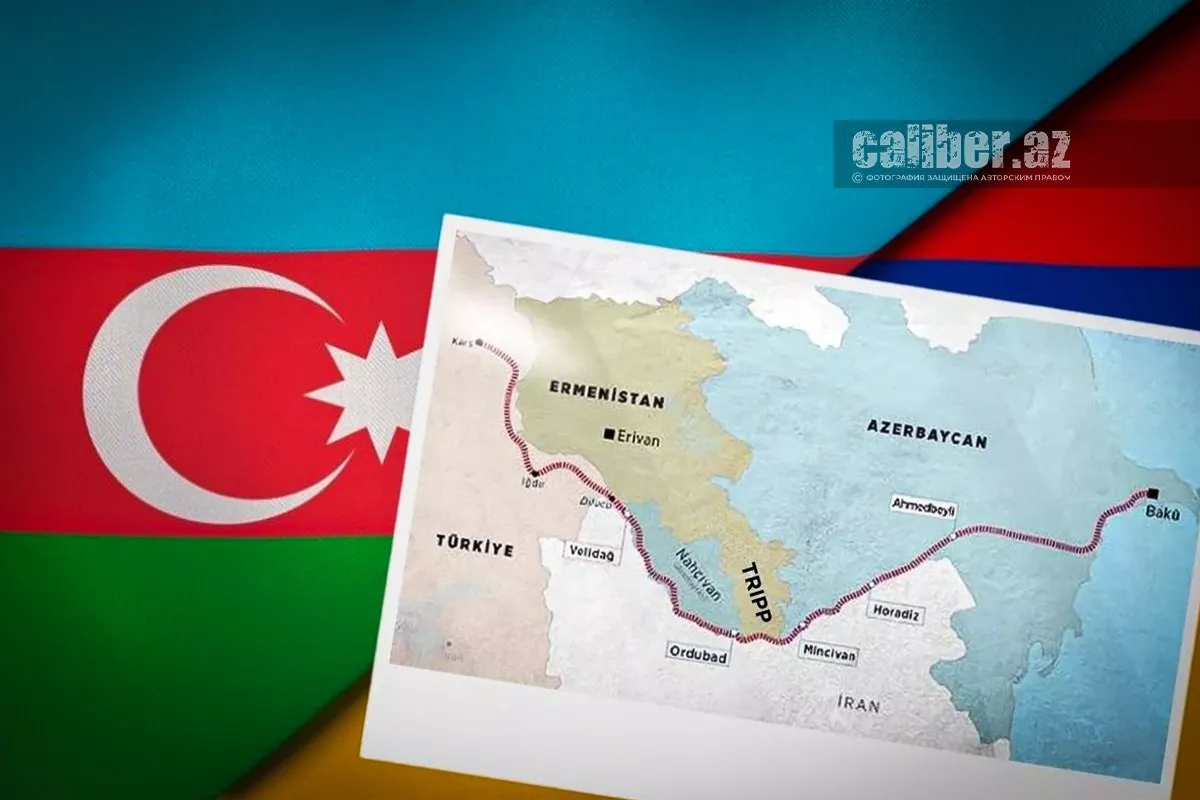
As Azerbaijan’s Minister of Economy Mikayil Jabbarov recently stated at the 2nd Meeting of Ministers of Industry, Science, Technology and Innovation of the Organisation of Turkic States, “The TRIPP Route will create new transport and logistics opportunities within the framework of the Middle Corridor connecting Asia and Europe, and will expand the regional supply chain.”
In recent years, Azerbaijan has independently financed the construction of the cross-border international railway line Horadiz–Aghband, which runs through the Jabrayil and Zangilan districts to the border settlement of Aghband. To date, about three-quarters of the 110.4 km single-track section have already been laid.
In parallel, the Horadiz–Jabrayil–Zangilan–Aghband motorway, stretching 123.6 km along the same route, is also under construction. The road is currently 95% complete, with full completion of the project tentatively scheduled for mid-2026.
"One of the tunnels along the highway is already fully ready for operation, and overall, all construction activities are being carried out using the latest technologies," said Ziyaddin Hasanov, a representative of the State Agency of Azerbaijan Automobile Roads (AAY), during the media tour. “The road is being built according to the first technical category: a 78.5-kilometre section will have six lanes, while a 45.1-kilometre section will have four lanes, with carriageway widths of 21 and 14 metres respectively.”
The AAY representative emphasised that several major engineering structures have been built as part of the project: “The route includes the construction of 8 interchanges, 44 underpasses, 5 overpasses, and 314 culverts of various diameters.”
The motorway also features 24 bridges, 23 of which have already been fully completed. In addition, three tunnels with a total length of 12 kilometres are being constructed, and asphalting work is currently underway on two of them.
Work is also progressing rapidly on the construction of the Horadiz–Aghband railway line. “The construction of the protective monolithic reinforced concrete structure (gallery) along the Horadiz–Aghband railway line will be completed by the end of 2025,” Javad Alovsatov, construction manager of the Project Management Department at Azerbaijan Railways CJSC (ADY), told the media. “On the 99 km section of this railway line, work is currently underway on the protective gallery. These measures are necessary due to the route passing through mountainous and rocky terrain, where there is a risk of rockfalls and debris falling onto the tracks.”
The ADY representative emphasised that the project includes the construction of 40 bridges, 9 stations, 22 road crossings, 4 tunnels, and 3 galleries, amounting to around 600 engineering structures in total. It was noted that the total length of the Horadiz–Aghband railway is 110.4 km, but including station tracks it reaches 140.6 km, with tunnel construction currently 71% complete in staged works.
According to Alovsatov, the railway construction is divided into three phases: the majority of work on the first phase has been completed, allowing cargo to already be transported along the line to the “Araz Valley Economic Zone” industrial park, while intensive construction continues on the second and third phases of the project.
Azerbaijan will not be the only beneficiary of the Zangezur Corridor. The corridor will significantly enhance logistics capabilities for Central Asian countries and China, strengthen connectivity across Eurasia, and provide a robust alternative for expanding transit freight to Türkiye, the Middle East, and Europe. In particular, the commissioning of the Horadiz–Aghband railway, the integration of the TRIPP segment, and the connection of tracks in Nakhchivan with the under-construction Kars–Iğdır–Aralık–Diluju line — which spans 224 km — are expected to triple freight transport along the Middle Corridor.
“Overall, the Zangezur Corridor will further strengthen Azerbaijan’s ties with the East and West: once operational, the corridor will be able to carry an additional 15 million tonnes of cargo per year,” Natig Jafarov, CEO of Alliance Multimodal LLC, recently noted at a forum in Baku. “Amid the global crisis, demand for the Middle Corridor is growing — it is a shorter and faster alternative to maritime routes, and its development is supported by government cooperation.”
Finally, the opening of the Zangezur Corridor will unblock transport access to the NAR, overcome the region’s economic isolation, substantially reduce transport and transit costs, and expand the export potential of its industrial cluster, which comprises around 440 non-oil enterprises.
By Khazar Akhundov, Kheyraddin Nasirzada, Baku–Zangilan–Baku





